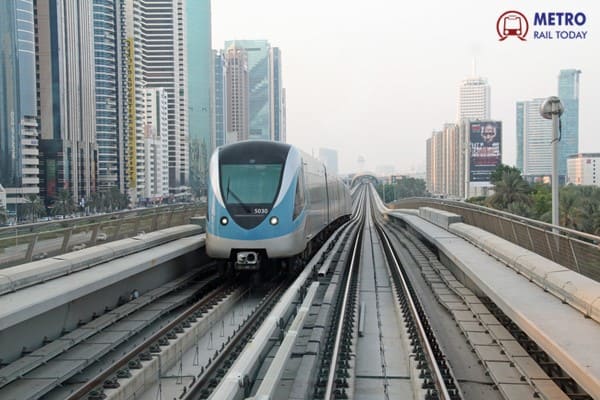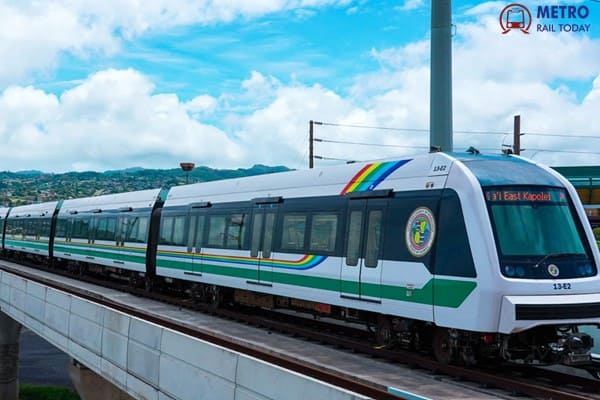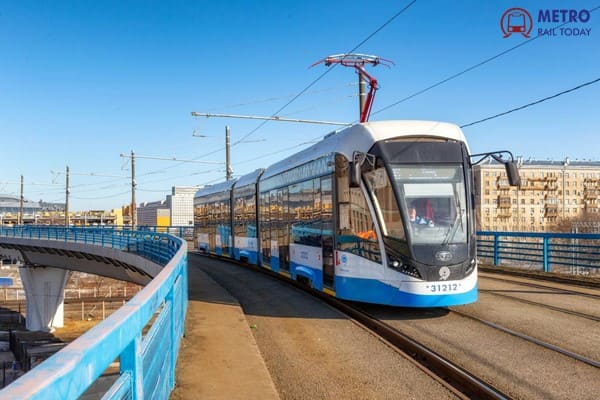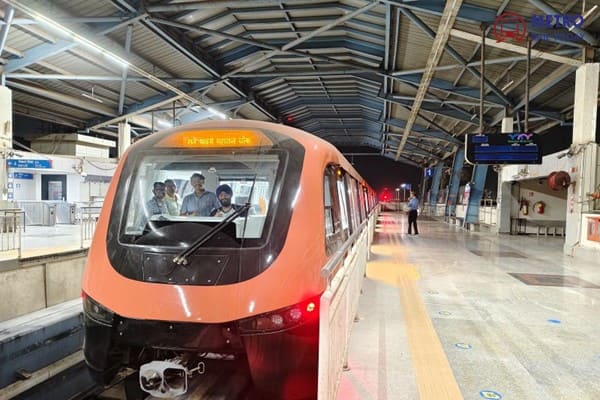 New Mumbai Monorail Rake by Medha Servo Drives damaged during System Test
New Mumbai Monorail Rake by Medha Servo Drives damaged during System Test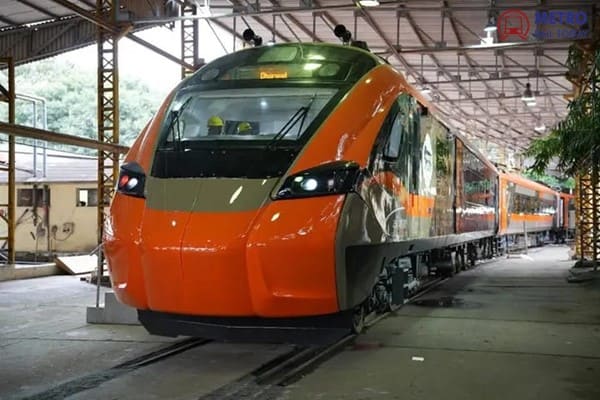 Launch of Vande Bharat Sleeper Trains delayed as Railways flags furnishing and safety concerns
Launch of Vande Bharat Sleeper Trains delayed as Railways flags furnishing and safety concerns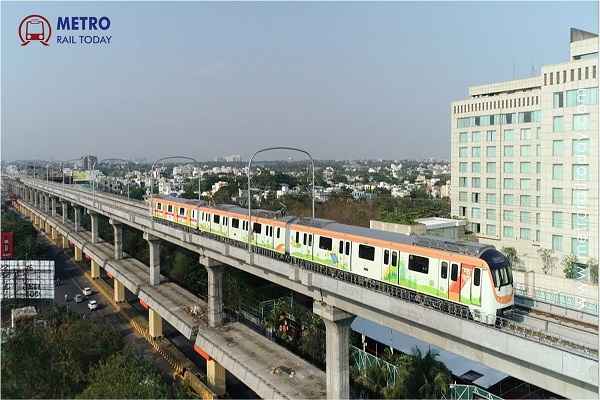 Three firms bid for Automatic Fare Collection System Contract for Nagpur Metro Phase 2
Three firms bid for Automatic Fare Collection System Contract for Nagpur Metro Phase 2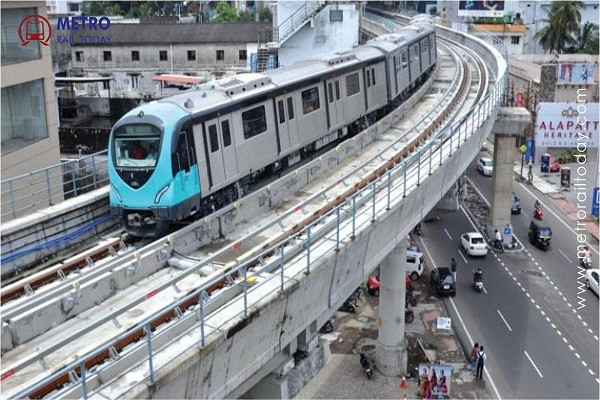 Three Firms shortlisted for Third Rail Electrification Contract of Kochi Metro Phase 2
Three Firms shortlisted for Third Rail Electrification Contract of Kochi Metro Phase 2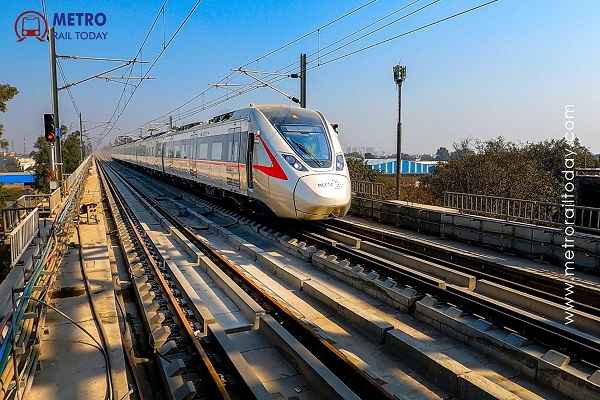 Construction for Delhi-Gurugram-Alwar Namo Bharat RRTS Corridor likely to begin in August 2026
Construction for Delhi-Gurugram-Alwar Namo Bharat RRTS Corridor likely to begin in August 2026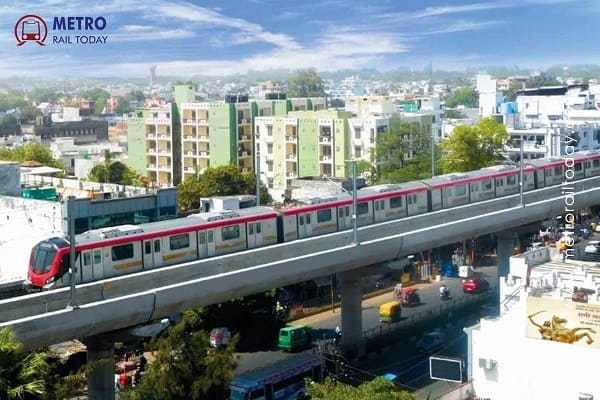 Two firms compete for Detailed Design Consultancy Contract of Lucknow Metro Line 2
Two firms compete for Detailed Design Consultancy Contract of Lucknow Metro Line 2 First tender launched for 240 km Amritsar–Jammu High-Speed Bullet Train Corridor
First tender launched for 240 km Amritsar–Jammu High-Speed Bullet Train Corridor How Ashwini Bhide’s vision shaped Mumbai Metro Line 3 and redefined Urban Mobility?
How Ashwini Bhide’s vision shaped Mumbai Metro Line 3 and redefined Urban Mobility?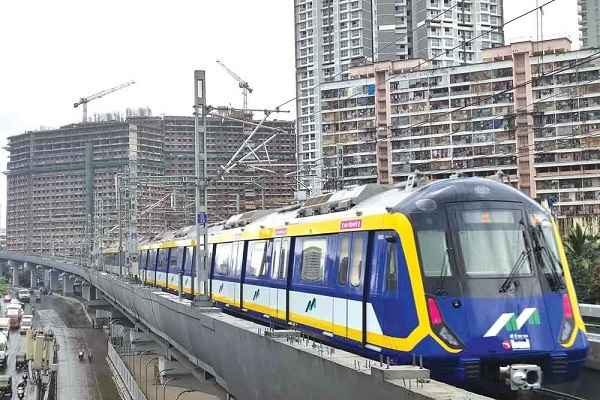 Titagarh Rail Systems Bags ₹2,481 Crore Rolling Stock Contract for Mumbai Metro Line 5
Titagarh Rail Systems Bags ₹2,481 Crore Rolling Stock Contract for Mumbai Metro Line 5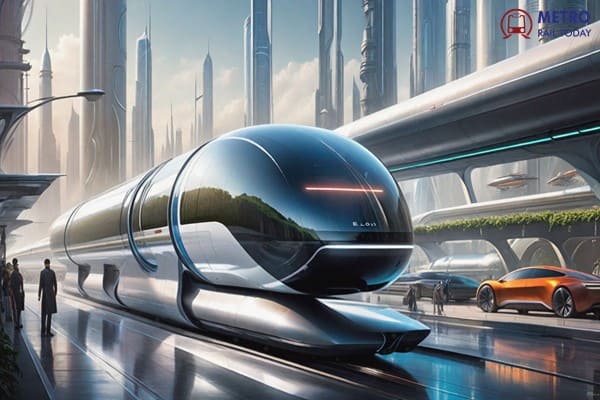 DP World, Deendayal Port and Nevomo join hands to Pilot Magnetic Rail Cargo Movement in India
DP World, Deendayal Port and Nevomo join hands to Pilot Magnetic Rail Cargo Movement in India
Poland unveils 29-km new metro rail plan for Krakow with 10-years deadline
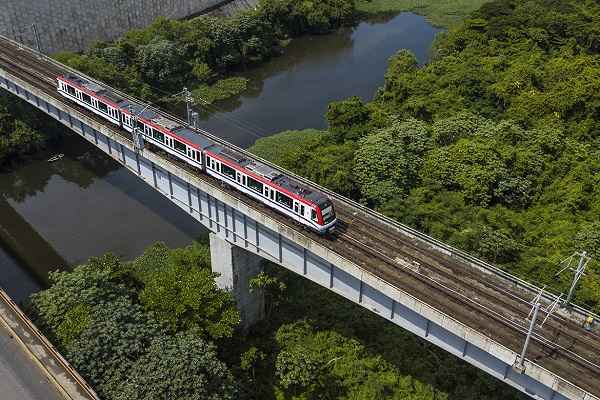
Krakow, Poland (Metro Rail Today): In a transformative move for Poland’s second-largest city, Krakow Mayor Aleksander Miszalski has unveiled a bold plan to deliver the city’s first metro system within a decade, promising a sweeping overhaul of urban mobility and city development.
“We have a clear goal – we want Krakow residents to travel by metro in 10 years,” declared Miszalski at a packed conference held at the ICE Krakow Congress Centre. Backed by experts and city officials, the announcement confirmed the route of two underground lines, M1 and M2, stretching nearly 29 kilometres and connecting 29 stations—set to be within a 10-minute walk for 40% of the city’s population.
The metro, largely constructed through tunnels, will begin in Nowa Huta at the site of the former industrial Combine. From there, it will weave through major junctions including Rondo Kocmyrzowskiego, Czyżyny, and Wiślicka, before cutting across central Krakow to key urban hubs such as Rondo Mogilskie, Dworzec Główny (Main Railway Station), and the National Museum.
In the Old Town, the metro will stop at Stary Kleparz and Teatr Bagatela, following Aleja Trzech Wieszczów. It will then cross the Vistula River—long considered one of Krakow’s most formidable transport barriers—reaching Ludwinów and Brożka, before the two lines diverge to serve the city’s southern districts.
Line Details
Line M1 will proceed southwest toward Ruczaj and Kampus UJ, culminating at Opatkowice, where it will integrate with regional rail, serving both local commuters and residents of the wider metropolitan area.
Line M2 will travel through Łagiewniki, the Zakopianka commercial zone, and end at Kurdwanów in Podgórze Duchackie, linking with the Sanktuarium railway stop and surrounding neighbourhoods.
Along its route, the metro will intersect with tram lines 11 times and with regional or future railway lines at five points—creating what city leaders are calling a “new transport backbone” for Krakow.
Commute Times Cut in Half
According to projections, travel times across the city will be slashed dramatically. A journey from Nowa Huta to the National Museum, which currently takes 40 minutes, will drop to just 26 minutes. Residents of Kliny will reach the Main Railway Station in 24 minutes instead of 50. The commute from Kurdwanów to Bagatela will shrink from 40 minutes to just 18.
Experts estimate that 63% of residents will have direct access to the metro when combined with tram and rail systems, promising seamless, multimodal connectivity.
More Than Transit: A Catalyst for Urban Renewal
Mayor Miszalski stressed that the metro is “not just a means of transport—it is a strategic investment that will reshape the future of Krakow.” He outlined plans to develop green public spaces, pedestrian-friendly zones, cycling infrastructure, and park-and-ride facilities around the stations.
“This metro line will become an axis of learning, trade, and technology,” Miszalski added, referencing revitalization projects planned around areas such as the former Solvay factory and Nowa Huta’s Combine. “It’s an impulse for transformation.”
Autonomous Trains, Civil Protection
Deputy Mayor Stanisław Mazur underlined the use of cutting-edge technologies, confirming the metro will be fully autonomous, energy-efficient, and designed with crisis resilience in mind.
“Our metro will be built without compromise,” Mazur said. “Stations and tunnels will double as shelters in emergency scenarios, offering protection for thousands of residents. It will enhance not only transportation but also the city’s overall safety and preparedness.”
Timeline and Next Steps
The city plans to begin market consultations and appoint investment advisors by the end of 2025. In 2026, it will initiate contracts for technical documentation, including feasibility studies and environmental approvals. A full construction tender is expected by 2030, with actual work spanning five years—setting up a 2035 launch for the first operational line.
Mazur also addressed environmental concerns, confirming Krakow will leverage existing documentation where possible and update plans based on revised assessments for the central sections of the project.
National and International Support
The metro has already been listed as a priority infrastructure investment in Poland’s Draft Development Strategy 2035. Officials believe this positioning will ease access to national grants and EU funds, as well as international financing from global institutions.
With its metro vision now public and political momentum firmly behind it, Krakow is entering an ambitious new era. The city’s leaders say the next 10 years will be a defining chapter—one that reshapes how Krakow moves, lives, and grows.





